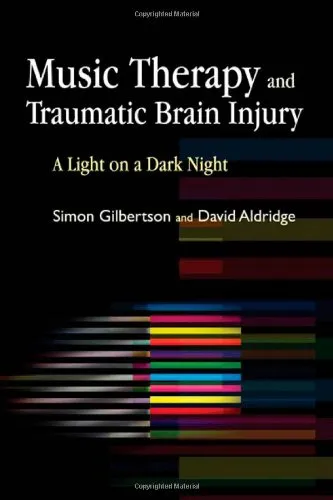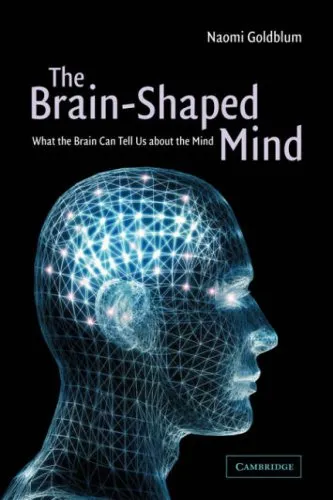Dreaming as Delirium: How the Brain Goes Out of Its Mind
4.0
بر اساس نظر کاربران

شما میتونید سوالاتتون در باره کتاب رو از هوش مصنوعیش بعد از ورود بپرسید
هر دانلود یا پرسش از هوش مصنوعی 2 امتیاز لازم دارد، برای بدست آوردن امتیاز رایگان، به صفحه ی راهنمای امتیازات سر بزنید و یک سری کار ارزشمند انجام بدینکتاب های مرتبط:
معرفی کتاب
کتاب "Dreaming as Delirium: How the Brain Goes Out of Its Mind" به قلم ج. آلن هابسون، تحقیقی جامع و عمیق درباره وضعیت ذهنی خواب دیدن ارائه میدهد. این کتاب، پدیداری خوابها را با شرایط مشابه در علوم عصبی همچون هذیان مقایسه میکند و به تحلیل فرآیندهای شناختی مغز هنگام خواب میپردازد.
خلاصه کتاب
کتاب خواب به عنوان هذیان، نگاهی نو به خواب دیدن دارد و آن را به جای یک تجربه صرفاً بصری، به عنوان یک وضعیت پیچیده ذهنی تحلیل میکند. هابسون استدلال میکند که خواب نه تنها بازتابی از خیالپردازیها و آرزوهای سرکوبشده نیست، بلکه فرآیندهای پیچیده زیستی و شناختی مغز را در خود جای داده است. این کتاب بررسی میکند که چگونه مغز در هنگام خواب، با آزادسازی انواع مختلفی از هورمونها و نورونها به یک حالت نزدیک به هذیان میرسد و تجربه خواب را تولید میکند.
نکات کلیدی
- مقایسه بین خواب دیدن و حالات هذیانی
- نقش مغز در ایجاد تجربه خواب و ارتباط آن با فرآیندهای شناختی
- توضیح فرآیندهای زیستی که خوابها را ممکن میسازند
- نقد و بررسی نظریههای سنتی روانکاوی در مورد خواب
جملات معروف از کتاب
"خواب دیدن، پیچیدهترین و غیرقابل پیشبینیترین حالت ذهنی است که مغز انسان تجربه میکند."
"در دنیای خواب، مرز بین واقعیت و خیال محو میشود، و مغز به ما نشان میدهد که تا چه حد میتواند خلاقیت نشان دهد."
چرا این کتاب مهم است؟
این کتاب با نگاهی تازه و علمی به مقوله خواب، اطلاعات مفیدی برای محققان و علاقهمندان به روانشناسی و علوم اعصاب ارائه میدهد. هابسون به طور مفصلی به تحلیل مکانیسمهای مغزی میپردازد و نشان میدهد چگونه میتوان خواب را به عنوان یک اختلال شناختی مطالعه کرد. ایدههای موجود در این کتاب به درک بهتر ما از مغز و خواب کمک میکند و میان رشتههای مختلف علمی پلی ارتباطی برقرار مینماید.
علاوه بر این، این کتاب به تحلیل انتقادی نظریههای سنتی مانند نظریههای فروید میپردازد و از زوایای جدید و علمی به بررسی خوابها میپردازد. بدین ترتیب، این اثر نه تنها برای متخصصان و دانشمندان بلکه برای هر کسی که به دینامیک ذهن و فعالیتهای مغزی در حالتهای مختلف علاقهمند است، جالب و آموزشی خواهد بود.
Introduction to "Dreaming as Delirium: How the Brain Goes Out of Its Mind"
Welcome to an exploration of the intricate and fascinating world of dreams, a realm where the boundaries of reality blur and our minds embark on enigmatic adventures. In "Dreaming as Delirium: How the Brain Goes Out of Its Mind," J. Allan Hobson delves into the enigmatic experiences that occur during sleep, offering a profound understanding of how dreams reveal the inner workings of the brain. This book challenges the conventional wisdom and sheds light on the dream process as a crucial element of human cognition and consciousness.
Detailed Summary of the Book
J. Allan Hobson's "Dreaming as Delirium" is a groundbreaking work that challenges the traditional interpretations of dreaming. Rather than viewing dreams purely as symbolic reflections of our subconscious desires or fears, Hobson presents them as a byproduct of neurobiological processes. He proposes that dreams are akin to a state of delirium, where the brain temporarily departs from rational reality to engage in spontaneous and creative narrative construction.
Hobson discusses the neuroscience behind dreaming, detailing how the brain's chemistry and structure contribute to the vivid and often bizarre experiences of dreams. One of the key theories explored is the activation-synthesis hypothesis, which suggests dreams are the result of the brain's attempt to make sense of random neural activity during REM sleep. By demystifying dreams, Hobson provides readers with a clear understanding of how dreaming is not only vital for mental health but also a window into brain function.
Key Takeaways
- Dreaming is an essential part of cognitive functioning and plays a critical role in mental health.
- The brain's neural activity during sleep is responsible for the unique and sometimes surreal nature of dreams.
- The activation-synthesis hypothesis offers a scientific explanation for the structure and content of dreams.
- Dreams reflect a form of human creativity, illustrating the brain's inherent ability to generate narratives without external stimuli.
- Understanding dreams can provide insights into broader questions about consciousness and the mind.
Famous Quotes from the Book
“Dreams reveal the integrative genius of the brain, showing us the ways in which it can concoct a coherent, immersive reality by weaving together fragments of recent experiences, emotions, and subconscious desires.”
“To dream is to experience a thought process uninhibited by the rigid constraints of reality, allowing the mind to explore possibilities beyond waking logic and reason.”
Why This Book Matters
"Dreaming as Delirium" is a pivotal text in the field of cognitive science and neurobiology, offering a transformative perspective on an aspect of human life that is both universal and profoundly mysterious. Hobson's integration of science and introspection encourages readers to look beyond the mystical and understand dreams as a natural consequence of brain function. This book is an essential read for anyone interested in the complex interplay between the mind, sleep, and the phenomenon of consciousness. It not only enlightens but also challenges readers to rethink the significance of their nocturnal reveries in a scientific light.
دانلود رایگان مستقیم
شما میتونید سوالاتتون در باره کتاب رو از هوش مصنوعیش بعد از ورود بپرسید
دسترسی به کتابها از طریق پلتفرمهای قانونی و کتابخانههای عمومی نه تنها از حقوق نویسندگان و ناشران حمایت میکند، بلکه به پایداری فرهنگ کتابخوانی نیز کمک میرساند. پیش از دانلود، لحظهای به بررسی این گزینهها فکر کنید.
این کتاب رو در پلتفرم های دیگه ببینید
WorldCat به شما کمک میکنه تا کتاب ها رو در کتابخانه های سراسر دنیا پیدا کنید
امتیازها، نظرات تخصصی و صحبت ها درباره کتاب را در Goodreads ببینید
کتابهای کمیاب یا دست دوم را در AbeBooks پیدا کنید و بخرید
1393
بازدید4.0
امتیاز0
نظر98%
رضایتنظرات:
4.0
بر اساس 0 نظر کاربران
Questions & Answers
Ask questions about this book or help others by answering
No questions yet. Be the first to ask!
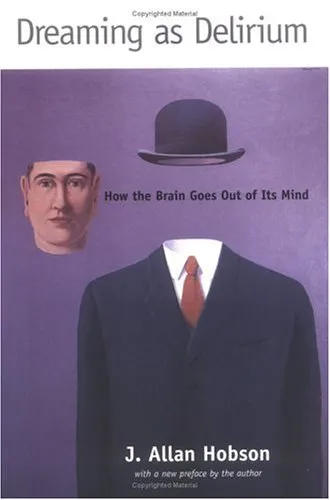

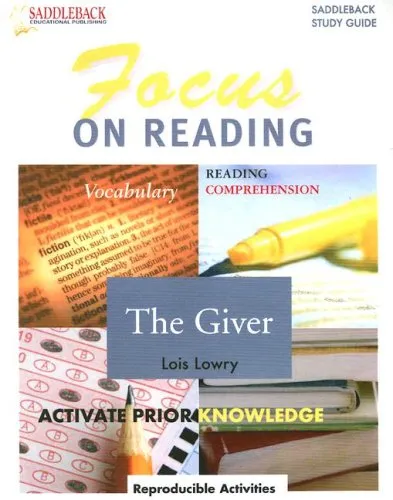

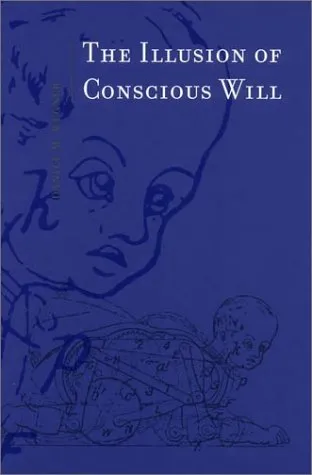
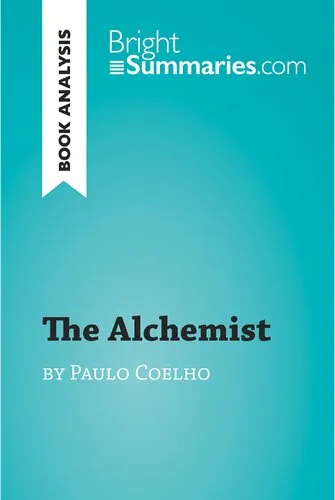
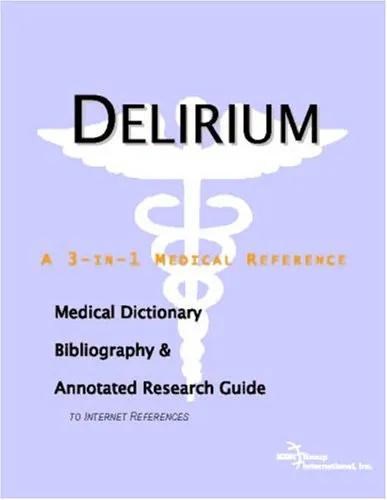

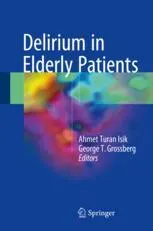
![Inner Engineering: A Yogi's Guide to Joy [Paperback] [Jan 01, 2014] SADHGURU](https://s3.refhub.ir/images/thumb/Inner_Engineering__A_Yogi_s_Guide_to_Joy__Pap_6491.webp)
